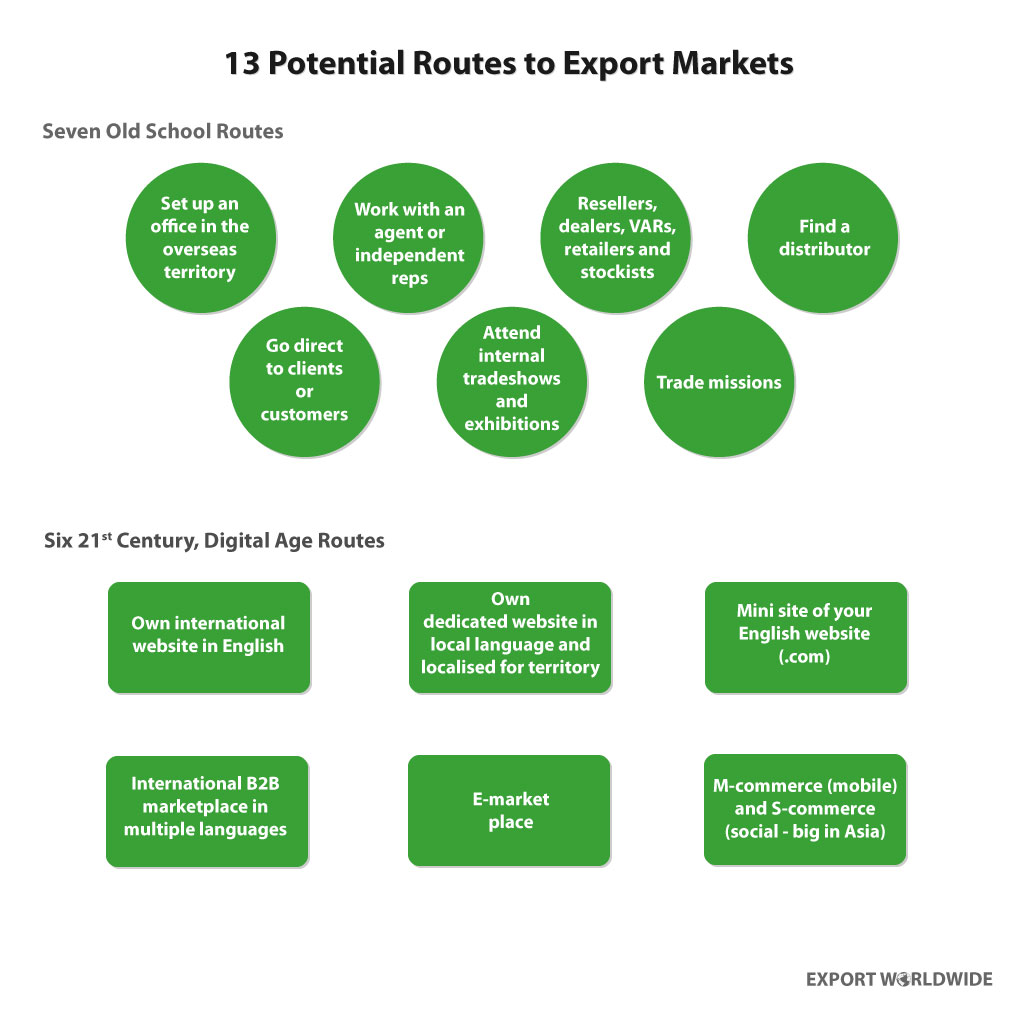Also in the news...
Bond Support Scheme
Find out about the Bond Support Scheme - how it works, its benefits and how to apply.
UK and African business leaders arrive in Togo to create trade and investment deals
The event brings together delegations from ten African nations alongside leading UK companies and investors to advance partnerships that promote economic growth and jobs.
Countering sanctions evasion: guidance for freight and shipping
For freight forwarders, carriers, hauliers, customs intermediaries, postal and express operators, and other companies facilitating the movement of goods.
International Compliance Tips for Entrepreneurs Going Global
While expanding across borders can accelerate business growth, it also raises the stakes when it comes to staying legally compliant.
Cutting Administrative Burdens When Trading Abroad
From customs declarations to inventory tracking across borders, the paperwork and compliance requirements can quickly become overwhelming for growing companies.
Routes to market part 1: traditional methods
13 Possible Routes to Exporting for SMEs | the Advantages and Disadvantages
When developing your export marketing strategy, the route or routes into global markets are multiple and the route you choose will ultimately determine your success when trading overseas. With that in mind, it’s worth understanding the 13 common routes to exporting available to SMEs, plus the advantages and disadvantages of each channel…
First off, it is useful to note that having English as your first language is both a blessing and a curse because a German and an Italian are happy to communicate in English as they are both making the effort to learn the international language of trade, English.
The down side of having English as your first language is there is no other language that we can learn that is as widely used in international trade, so we have to make the effort to communicate in multiple languages. However, the up side is that everybody who wants to trade internationally will speak English, to a greater or lesser extent, so after the initial communication, English will be the language of trade.
In this two part feature I will discuss 13 routes to market that I have split into ‘Old School’ and more current 21st Century routes to export markets that weren’t open to SMEs prior to the digital age. This is not to say that new is better than old school because all routes to an export market are valid, provided you make a profit utilising which ever routes to market you choose. The routes we will discuss are illustrated in the graphic below.
The comments in this article are based on our own experiences of growing our own export sales from 6 per cent of sales to 67 per cent of sales, which led to one of our companies being named as National Exporter of the Year. It’s this success that inspired us to develop Export Worldwide. So, there are comments from the trenches, from people who have actually created and grown B2B export sales.

The 13 potential routes to market are…
Old School
- Setup an office in the overseas territory
- Work with an agent or Independent Reps
- Resellers, Dealers, VARs, Retailers and Stockists
- Find a Distributor
- Go direct to clients or customers
- Attend internal tradeshows and exhibitions
- Trade missions
The 21st Century, Digital Age
- Own international website in English
- Own dedicated website in local language and localised for territory (i.e. Germany)
- Mini site of your English .com
- International B2B marketplace in multiple languages
- E-market place
- M-commerce (mobile) and S-commerce (social – big in Asia)
